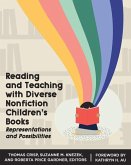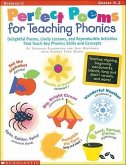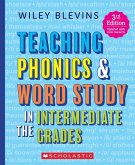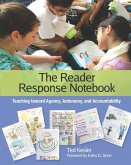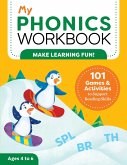Through myriad classroom vignettes, experienced educators David Hornsby and Lorraine Wilson show just how phonics is taught and learned in literacy-rich classrooms. Teaching Phonics in Context debunks the myth that whole language teachers do not teach phonics. Through myriad classroom vignettes, experienced educators David Hornsby and Lorraine Wilson show just how phonics is taught and learned in literacy-rich classrooms. Although there is a need for the explicit teaching of phonics, the authors believe the reading and writing of connected text takes priority; the teaching and learning of phonics is always contained within, and subordinate to, genuine literacy events; and children spend much more time reading and writing (in which they learn to apply their phonic knowledge) than they do in the actual study of sound-letter relationships. The authors describe classrooms that shimmer and shine with stories, read-alouds, writing, science, language play, singing, rhyme, poetry, role-play, and laughter. Samples of young children's writing are discussed, showing what the young child knows about writing, and what the teacher might teach. Ideas are shared for reading, interpreting, and enjoying picture books, as well as which specific sound-letter relationships might be studied as a result of interacting and engaging with particular titles. One of the chapters details ways of working with rhymes, which engage children in listening to and identifying rhyming words, identifying individual sounds, and discovering sound-letter patterns. The authors outline the professional knowledge necessary for teachers to be able to make informed, independent decisions about teaching phonics in the context of authentic literacy events. Valuable advice also is offered to teachers who have ELL students in their classrooms.


